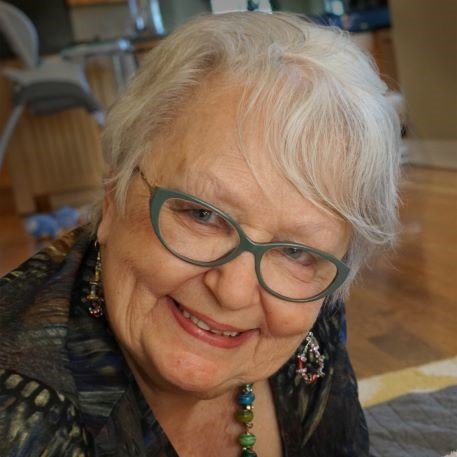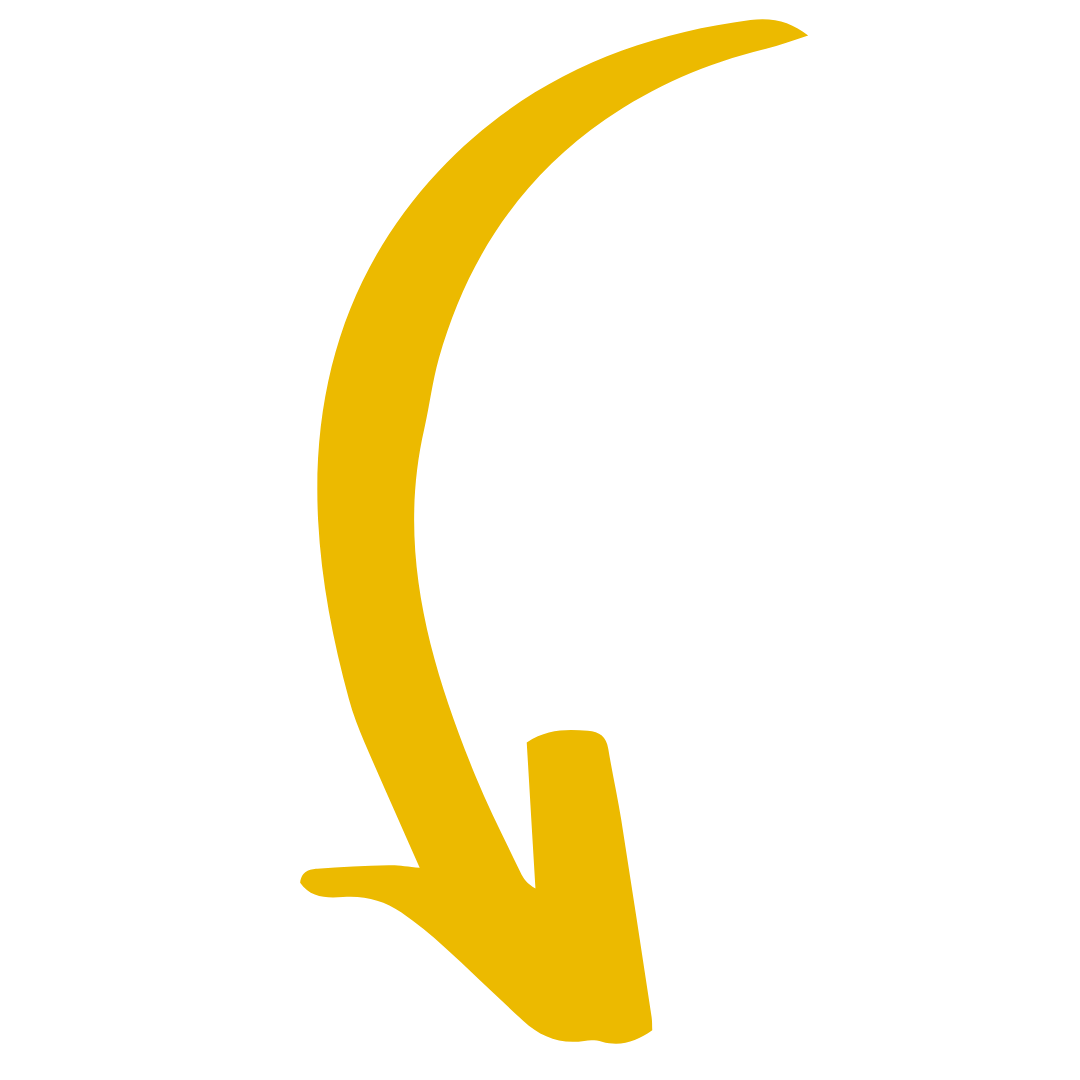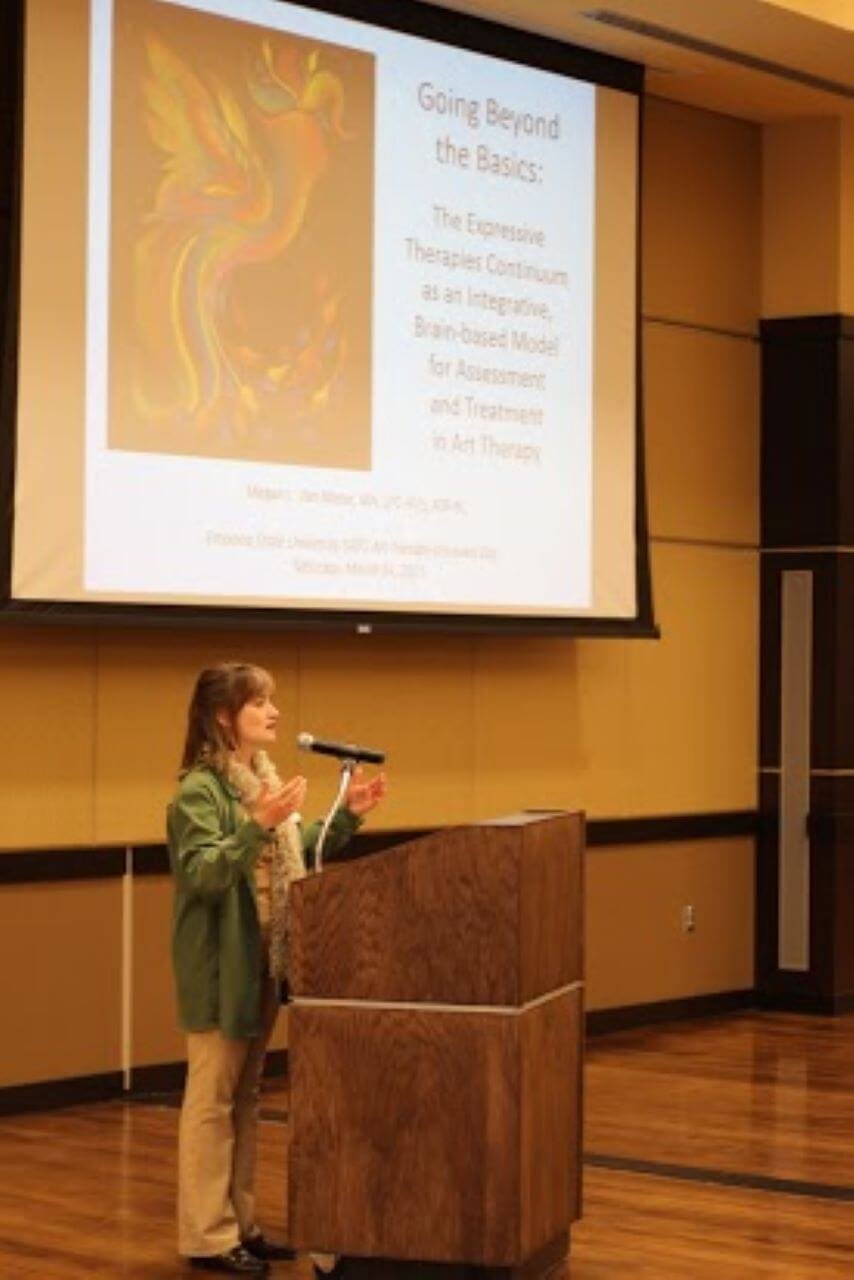Expressive Therapies Continuum Training, Supervision, and Consultation
Get great outcomes as an expressive therapist
As an art, dance/movement, drama, or music therapist, guiding your clients toward better outcomes is your top priority. The Expressive Therapies Continuum (ETC) is a model that can help you create therapeutic shifts in a client’s capacity for integrating.
Quality, researched, expert information and support are available to assist you in developing fluency with this outcome-informed framework for case conceptualization and clinical decision making in the provision of individualized treatment.
Subscribe below for Expressive Therapies Continuum announcements and receive an ETC bibliography for FREE!
More about the Expressive Therapies Continuum
Megan VanMeter, MA, ATR-BC, LPC, LMHC, LPC-AT/S
Hello! I’m a first-generation Expressive Therapies Continuum student who completed formal study and supervision with Drs. Vija Lusebrink and Sandra (Kagin) Graves-Alcorn, art therapy pioneers and co-creators of the ETC, while earning my master’s degree in art therapy at the University of Louisville. For the last dozen years or so I’ve been giving ETC presentations and workshops to help art therapists understand the the principles of this model, though there’s so much more information to share, so many more art therapists to reach, and so many other expressive therapists to bring into the circle.
The expressive therapies are mental health’s original embodied, experiential, implicit, integrative professions. Accordingly, the Expressive Therapies Continuum describes the relationships between physical, emotional, and intellectual aspects of the mental image formation process and the shift between nonconsciousness and consciousness. As a developmentally grounded, pantheoretical framework for individualized, outcome-informed treatment, the ETC serves as a model for integrating a client’s mental world and is of particular relevance to clinicians whose graduate educational process prioritized the nonverbal over the verbal (i.e., expressive therapists).
From one expressive therapist to another, I’m offering you a labor-of-love Expressive Therapies Continuum bibliography to support you in leveling up your knowledge of this framework through information from vetted sources. This document has also been divided into generational sections so you can follow the transmission of ideas from Drs. Lusebrink and (Kagin) Graves-Alcorn to their direct descendants. Please enter your email address in the form below to receive the bibliography as well as periodic ETC news, such as announcements about upcoming presentations and workshops, additions to the bibliography, and maybe even a few pointers here and there.
Subscribe below for Expressive Therapies Continuum announcements and receive an ETC bibliography for FREE!
FAQs about the Expressive Therapies Continuum
-
The components refer to the six kinds of information processing that occur within the nervous system and are important in the acquisition of experiences necessary for the development of mental imagery, which is based on physical, emotional, and intellectual encounters with the external and internal worlds. The six components are Kinesthetic, Sensory, Perceptual, Affective, Cognitive, and Symbolic. Most of these are non-conscious and non-verbal.
-
Although the ETC framework needs to be examined in light of advances in clinical neuroscience, the model regards nervous system input and nervous system output as central to human functioning. Somatosensory processing and visual perception are two main channels of input that are considered as the ETC relates to art therapy. Other channels may be more significant for dance/movement therapy, drama therapy, and music therapy. Large-scale brain networks (default/imagination, executive, and salience) are believed to be recruited by specific inputs and responsible for measurable/observable output in terms of both verbal and nonverbal behavior.
-
As the Expressive Therapies Continuum relates to art therapy, the field in which it was originally conceptualized, human functioning is characterized by preferences for and aversions to different kinds of physical, emotional, and intellectual input. Imbalance among these preferences and aversions results in disturbances of thought, feeling, and behavior. Art therapy is used to restore balance and improve functioning by integrating a person’s capacity for information processing on multiple levels. This is achieved through progressive and calibrated, client-specific interventions that use art materials and methods on a prescriptive basis.
-
There are three levels of the Expressive Therapies Continuum and one dimension. The three levels correspond to different kinds of information processing and represent physical, emotional, and intellectual functioning. The physical level is the Kinesthetic/Sensory (K/S) level. The emotional level is the Perceptual/Affective (P/A) level. The intellectual level is the Cognitive/Symbolic (C/Sy) level. The fourth level, the Creative level, was eventually distinguished as a dimension due to its role as a means of intervening against imbalance among the other three levels and integrating a person’s ability to respond to external demands and internal needs.
-
Click here for the latest Expressive Therapies Continuum trainings—most are online, but in-person trainings can be arranged too!
-
Contact me for information on supervision. I am happy to customize services that are tailored to your needs, regardless of your professional discipline.
Meet the Co-creators of the Expressive Therapies Continuum
-

Vija Lusebrink, PhD, ATR-BC, HLM
3 interrelated levels of information processing in the development of mental imagery: (1) physical, (2) emotional, & (3) intellectual
-

Sandra (Kagin) Graves-Alcorn, PhD, ATR-BC, LPAT
3 interdependent variables that influence client output in the art therapy process: (1) task complexity, (2) task structure, & (3) media properties
Looking for other services?
In addition to offering Expressive Therapies Continuum consulting and supervision for expressive therapists around the world, I also provide ETC-based anxiety therapy and depression therapy for adults in Texas, Indiana, and Arizona. Contact me for more info!


